Vertical Vegetable Garden Ideas (Over 20 Photos)
This post may contain affiliate links. Read my full disclosure here.
These vertical vegetable garden ideas can be a game changer when it comes to growing food. We’ll share which crops work well for vertical gardening, plus tips for success, and photos of vertical plantings.

Table of Contents
- Which Vegetables Grow Best in a Vertical Garden?
- Vertical Vegetable Garden Ideas
- 1. Wall Mounted Containers
- 2. Indoor Vertical Gardeners
- 3. Hanging Baskets
- 4. Gutter Gardens
- 5. Stacked Planters/ Ladder Gardens
- 6. Vertical Pallet Gardens
- 7. Potato Towers
- 8. Herb Spirals
- 9. String Trellises
- 10. Wooden Trellises
- 11. Wire Trellises
- 12. Combination Trellises/Slings
- More than Vertical Vegetable Gardens
Which Vegetables Grow Best in a Vertical Garden?
Vine crops are my top choice for vertical vegetable gardening. Growing plants up instead of letting them sprawl can save a ton of room, which is great for small space gardens.
You can use trellises to grow:
- tomatoes
- cucumbers
- pole beans
- peas
- squash
- melons
For hanging baskets, gutter gardens, and stacked container gardening, focus on smaller plants, such as:
- herbs
- lettuces and other greens
- smaller root vegetables, such as radishes and Thumbelina carrots
With larger containers, you can tackle growing larger plants, such as potatoes and sweet potatoes. Almost anything you can grow in a regular garden bed you can grow in a container, but smaller plants are easier to manage. Varieties of purple vegetables add an extra boost of color to your garden, making them perfect for more visible areas.
See “11 Vertical Garden Advantages You’ll Love” for more reasons to get growing vertically.
Vertical Vegetable Garden Ideas
We’ll start with small options for growing vertically and work our way UP to the big, heavy duty trellises.
1. Wall Mounted Containers
If the only space you have to grow is a sunny fence, you can still tuck in some small plants. These mini planters are made from recycled bottles, and work well for growing herbs. Don’t forget to include drain holes.
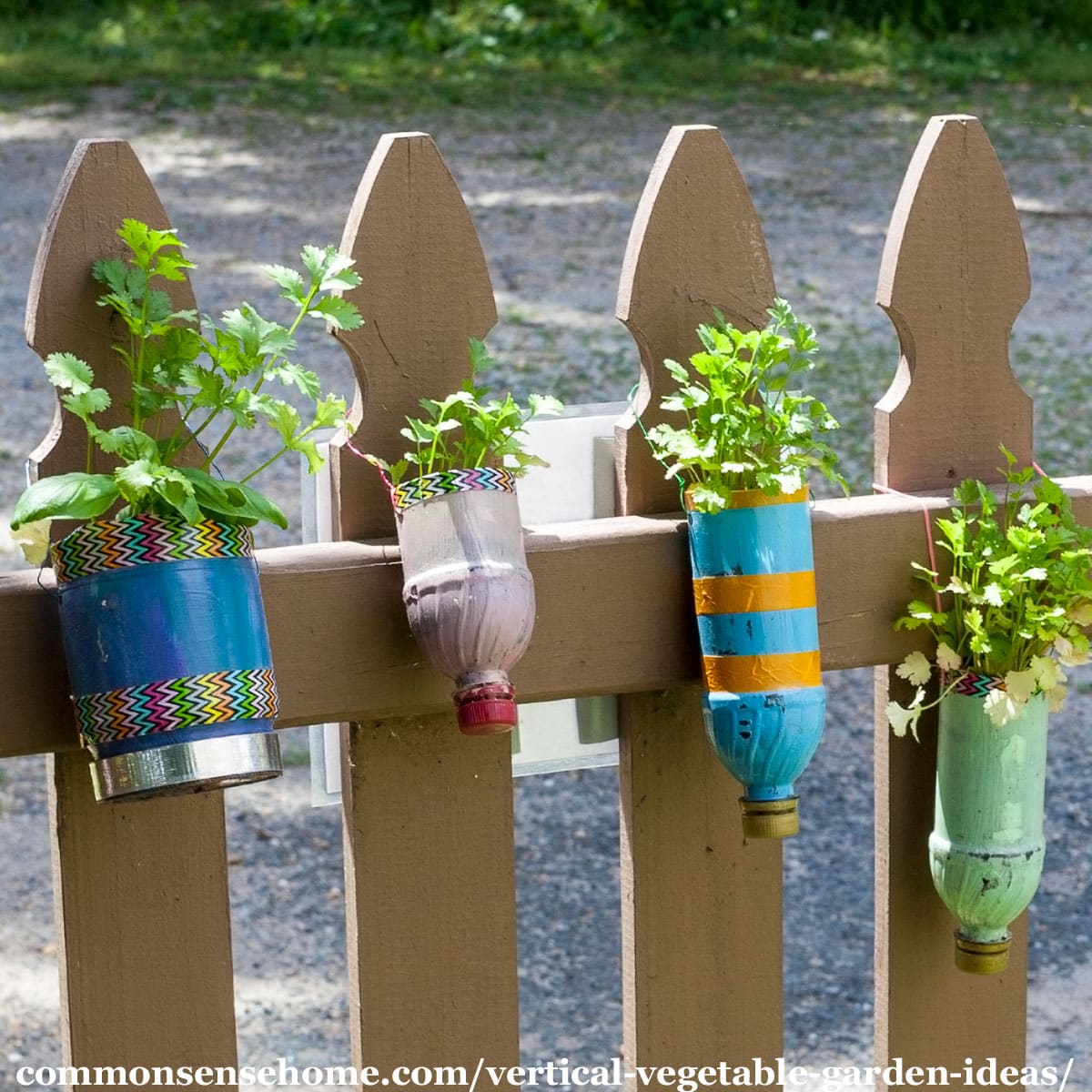
2. Indoor Vertical Gardeners
There are several types of indoor vertical gardens. Some are free standing, and can be used inside or outside. Others mount on a wall, and may even come with a built in watering system.
Beware of wall mounted pocket gardens. Most of these don’t have enough room for plants to grow, and the fabric ones can damage the surface that are mounted on.
3. Hanging Baskets
Hanging baskets are a great space saving option because they can go against a wall or hang off a porch or balcony. Look for containers that are flat on one side if you need to hang them against a wall, like these half round wall planters.
Hanging planters will dry out faster, so you may want to mix in water storing crystals to help hold moisture.

4. Gutter Gardens
Gutter gardens are popular for growing greens and strawberries. Green Eggs and Goats turned their fence into a garden project by setting up a series of gutters for growing greens.
The gutters angle down slightly for drainage, with each gutter draining into the one below through a small drip hole.
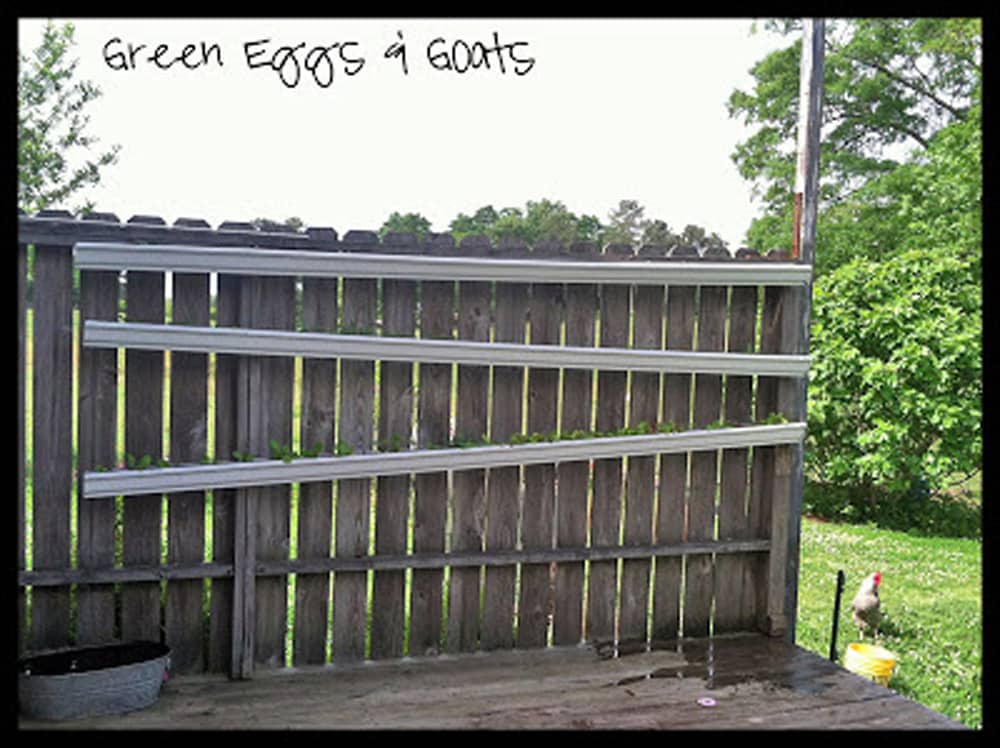
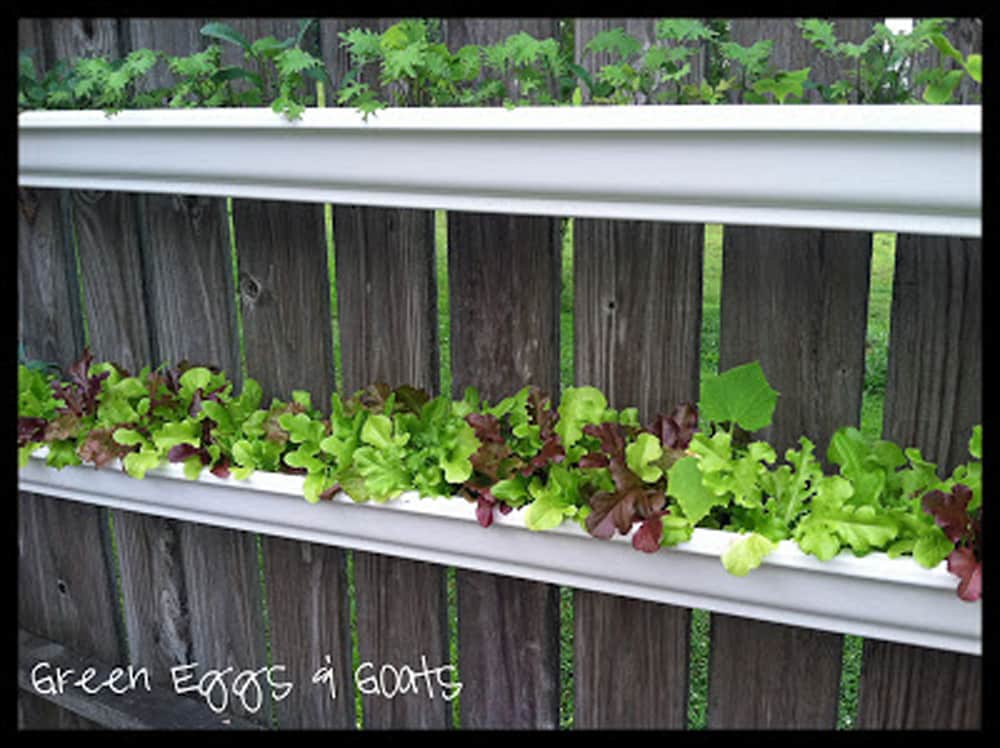
5. Stacked Planters/ Ladder Gardens
You can use old ladders with boards set across the rungs to stack your container garden planters. These won’t hold up to windy conditions, so make sure to take the plants inside if storms threaten the area.
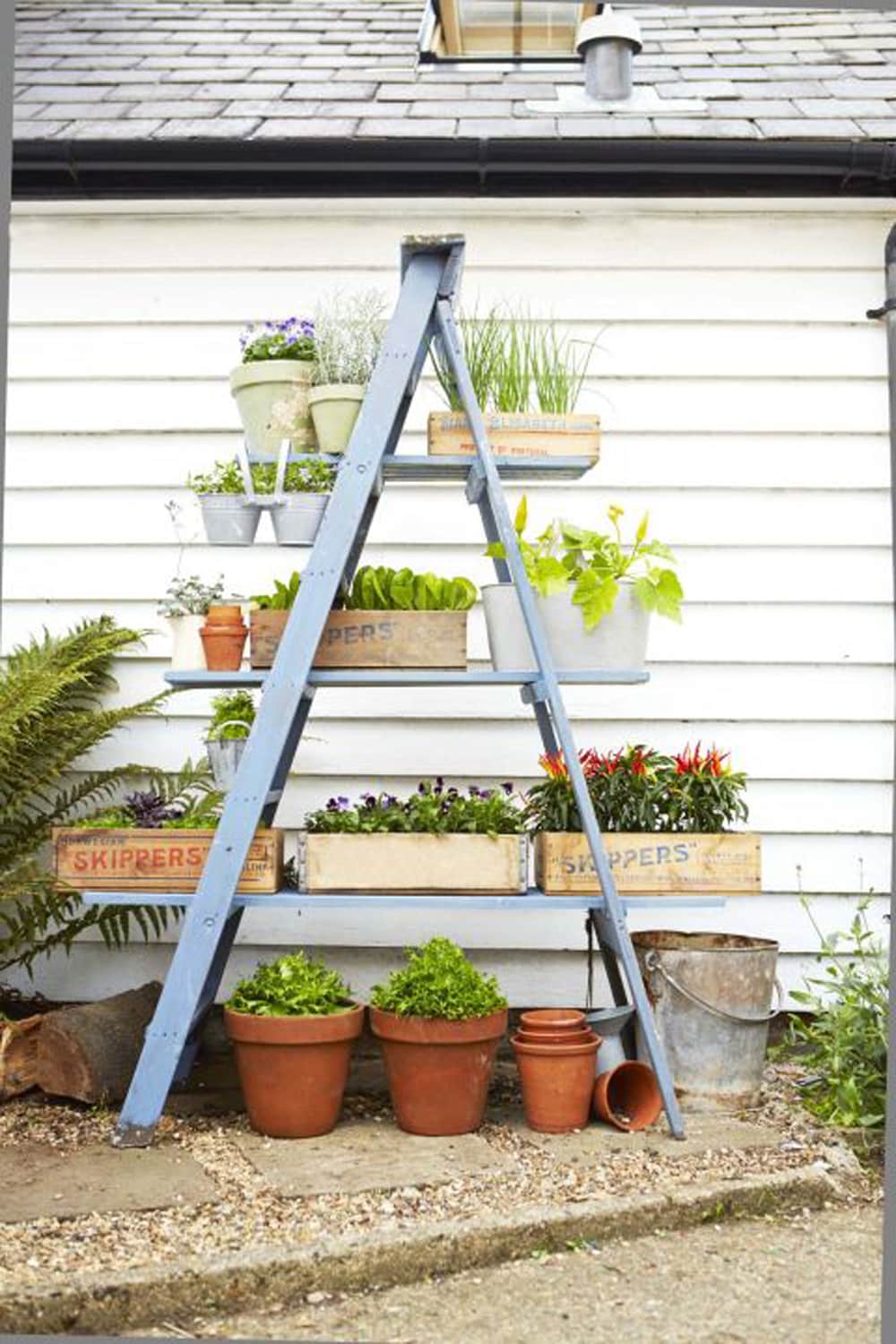
6. Vertical Pallet Gardens
Some people use pallets to create a vertical vegetable garden. To do this, you’ll need to close off planting spots in the underside of the pallet, either with wood or wire mesh.
For larger vegetable plants, it’s best to rest the pallet on the ground and lean it against something sturdy. For smaller herbs or flowers, you may be able to mount it directly on the side of a building or fence. You can leave the pallets plain, or dress them up.
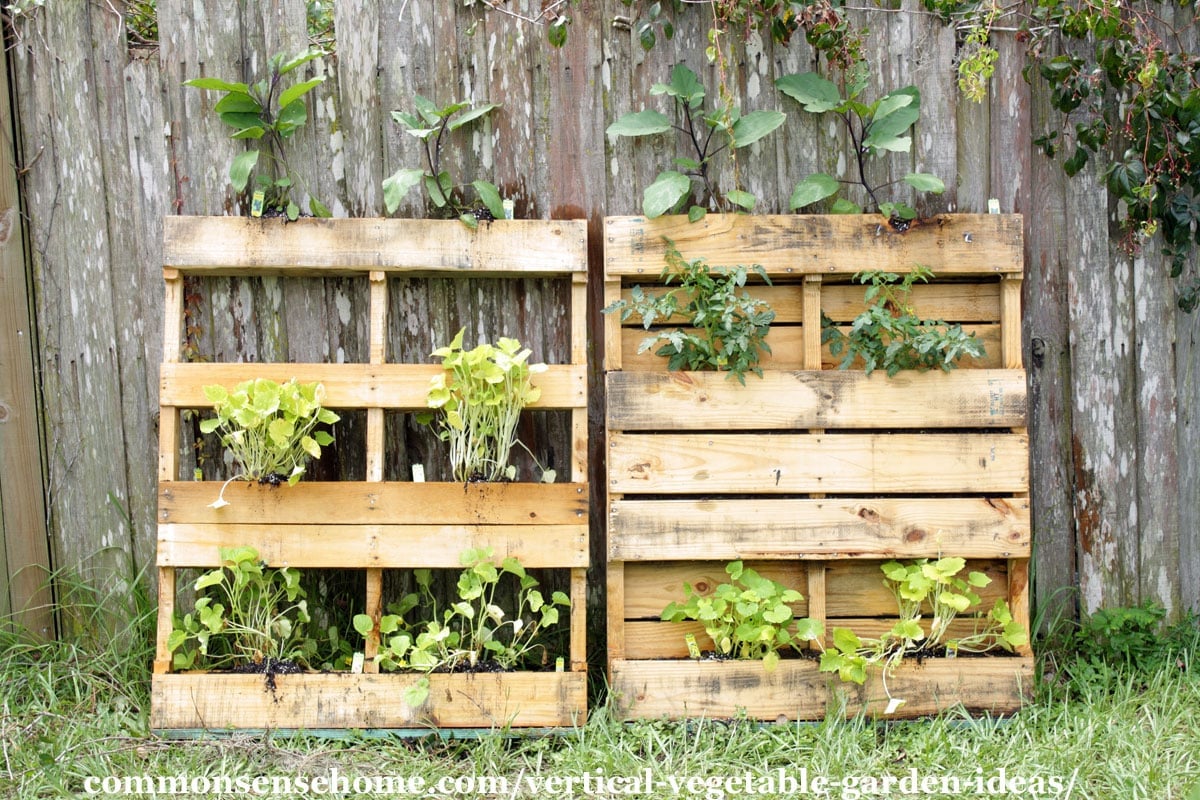
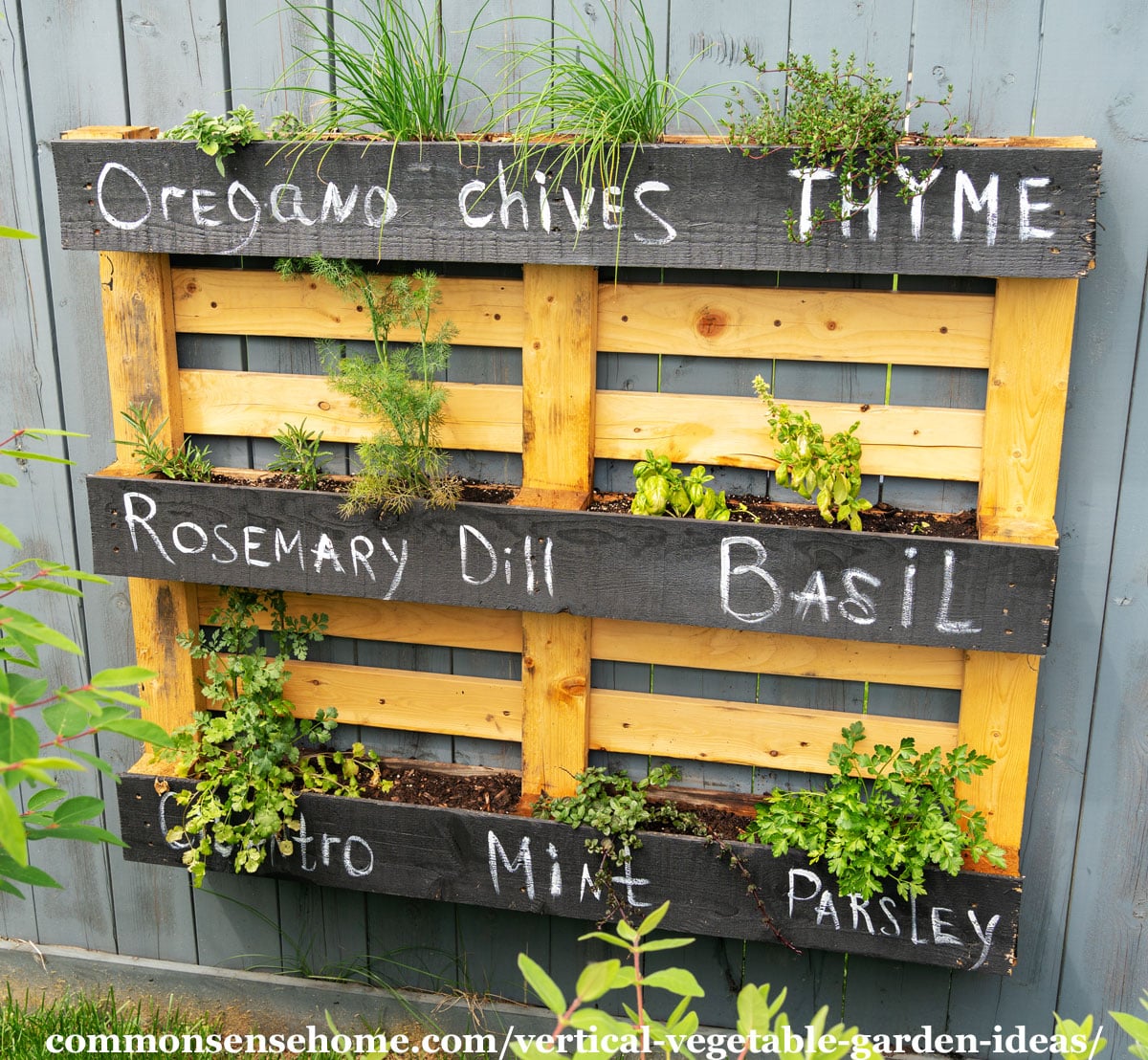
7. Potato Towers
Potato towers use a wire cage lined with straw and filled with soil to pack a big potato harvest into a small footprint.
You can find the details on creating your tower (and which varieties to grow) in the article, “Potato Towers – Which Varieties to Grow and Other Tips for Success“.
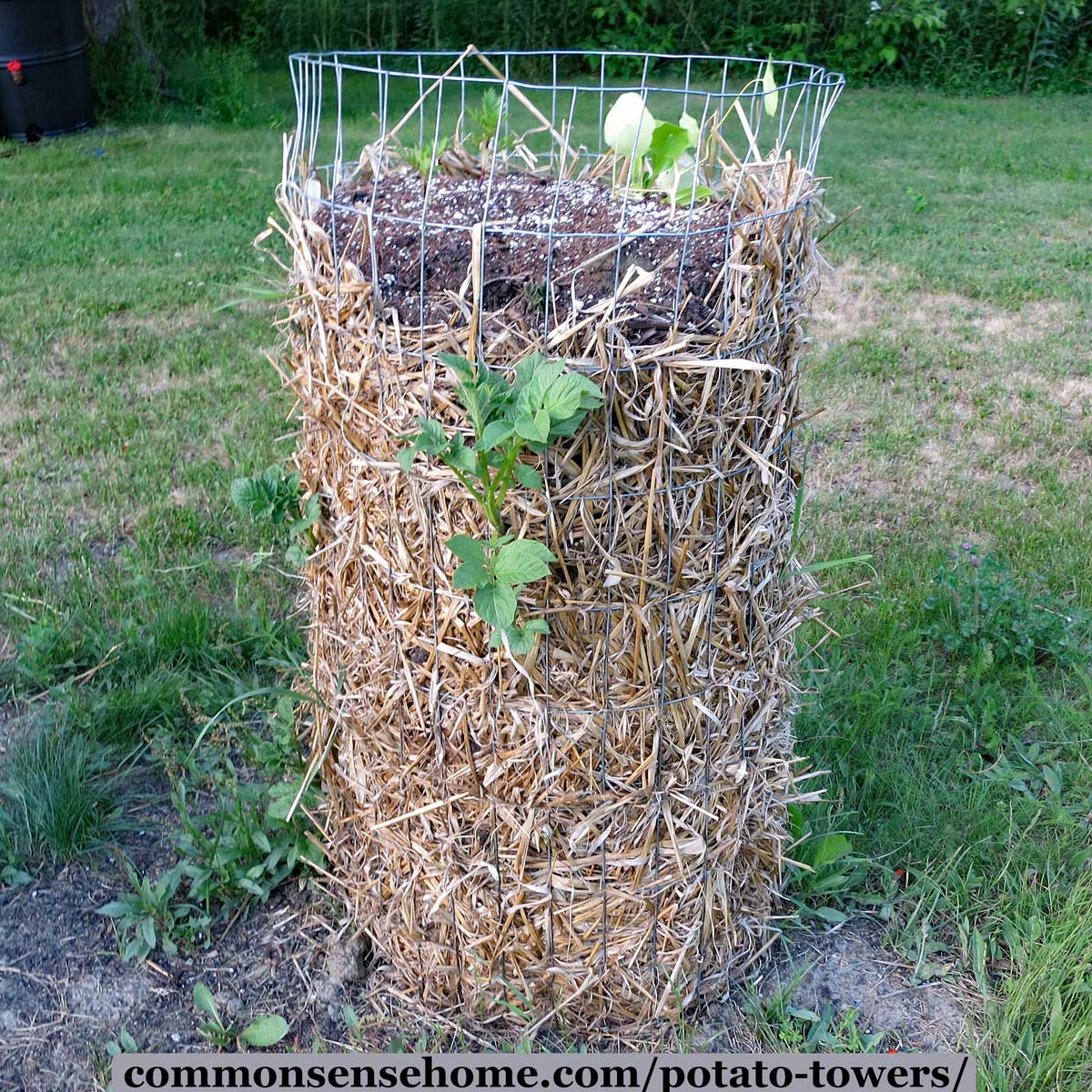
8. Herb Spirals
Herb spirals are decorative raised beds shaped in a raised spiral pattern. Though typically used for herbs, you can also mix in vegetables and flowers. These are good focal points and add visual interest to your yard and garden.
Would you like to save this?
You can form the walls of your spiral out of brick, stone, or landscape blocks. The thermal mass helps to retain heat and warm the bed, which can help extend the growing season.
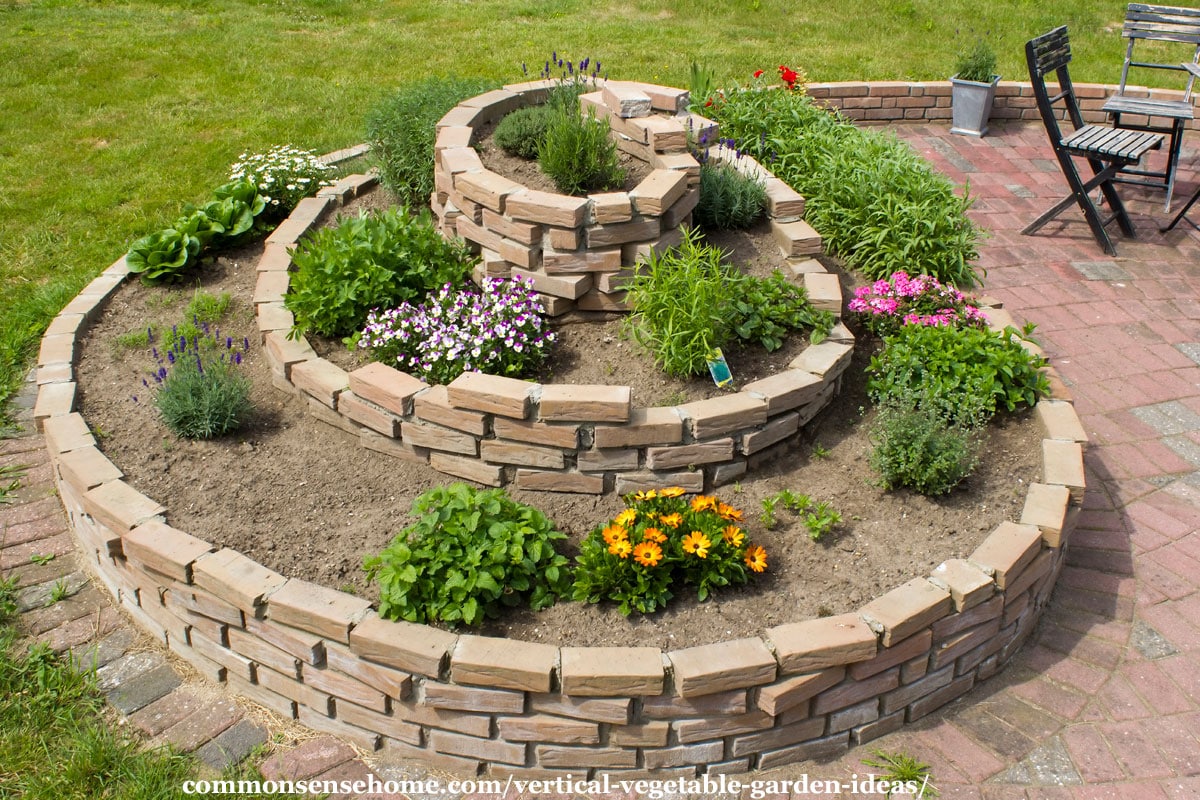
9. String Trellises
I use string trellises for growing vegetables like pole beans and tall peas. You can also use a different type of string trellis for training tomatoes.
With my pole beans and tall peas, I use five foot tall trellis netting, string between 6-7 foot t-posts. We place wooden supports across the top of the posts and tie the trellis netting on to prevent sagging.
You can see detailed photos and instructions in the article, “How to Grow Pole Beans“.
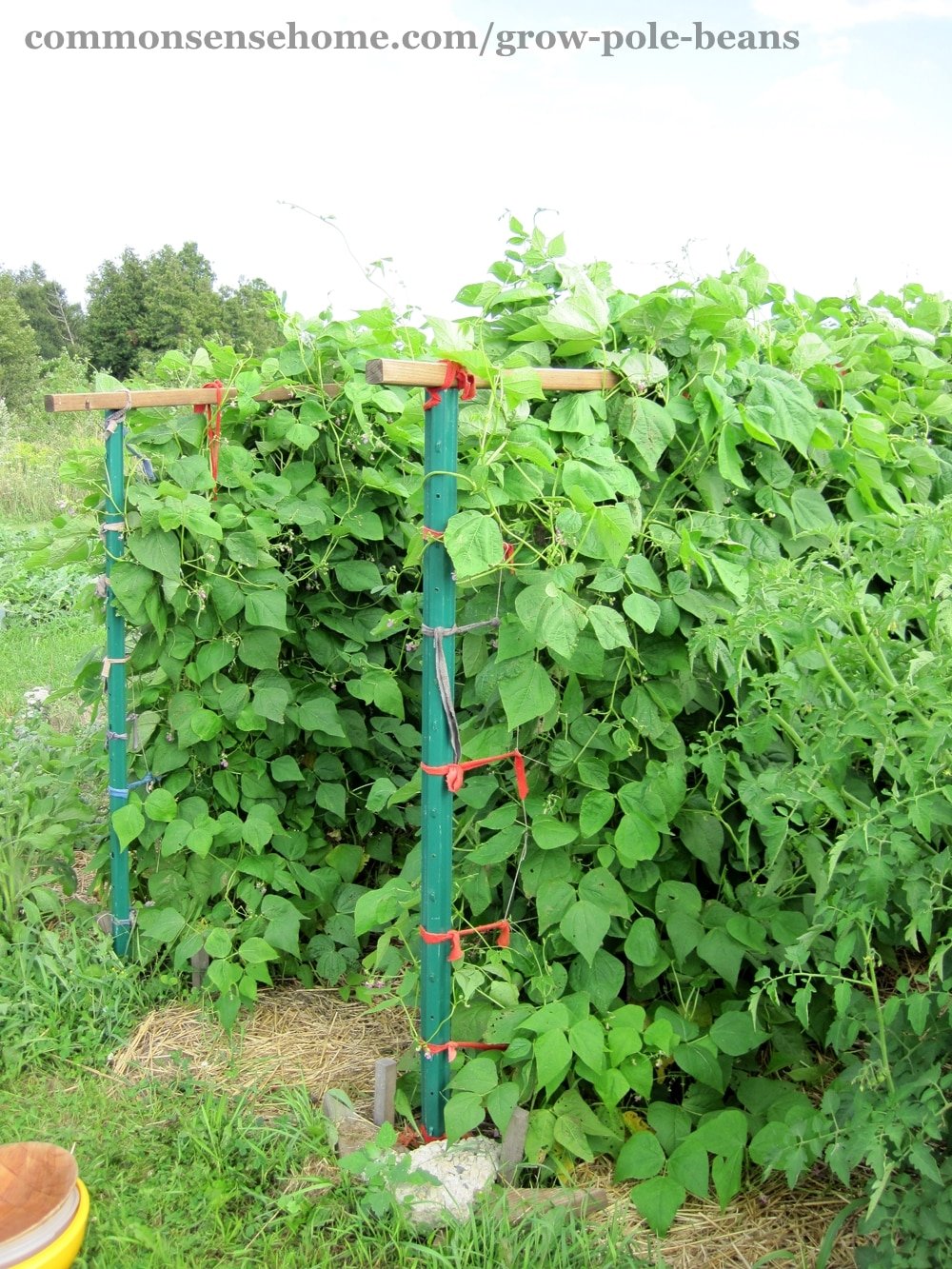
Tomatoes are typically trained to a single string mounted on a sturdy frame above the tomato. As the plant grows, the trellis is raised or lowered as needed.
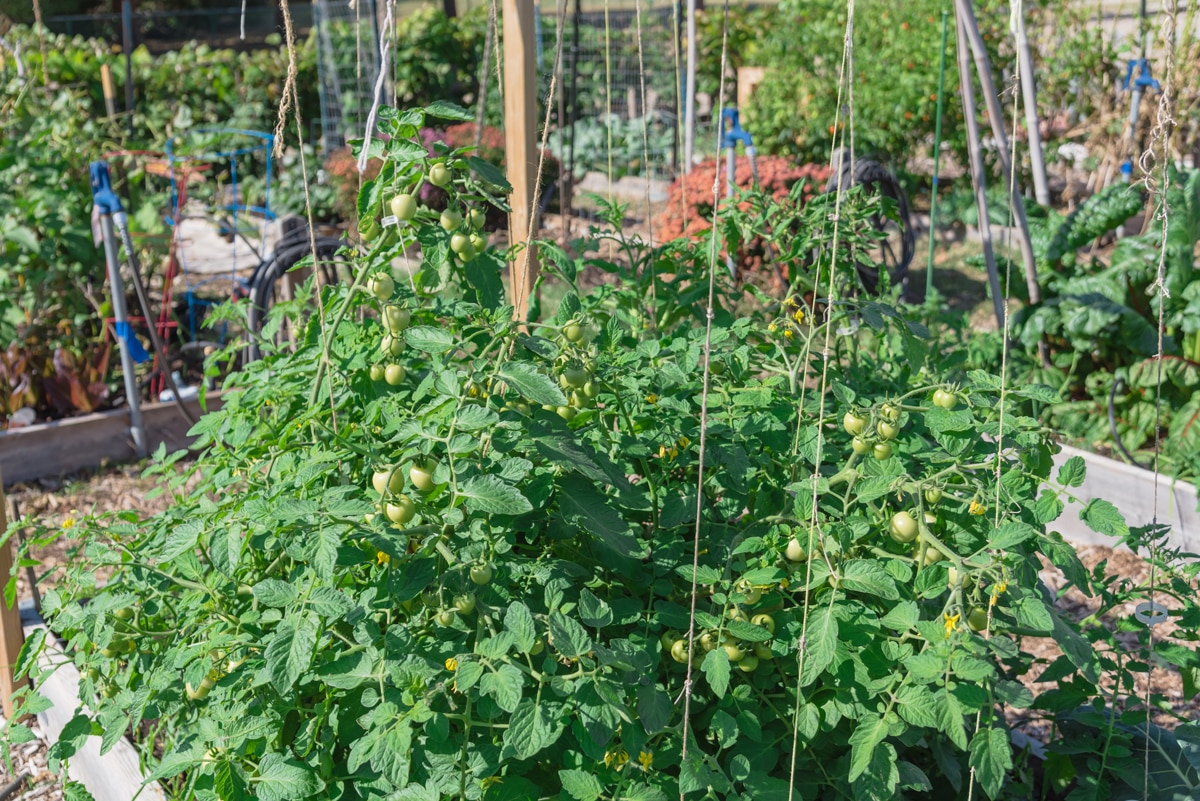
10. Wooden Trellises
You can make wooden trellises out of wooden lattice and fence posts, cut branches, or permanent wooden structures.
We like growing cucumbers on a wooden lattice trellis for more air circulation. (Though we do grow them on the Vine Spine wire trellis inside the greenhouse.)
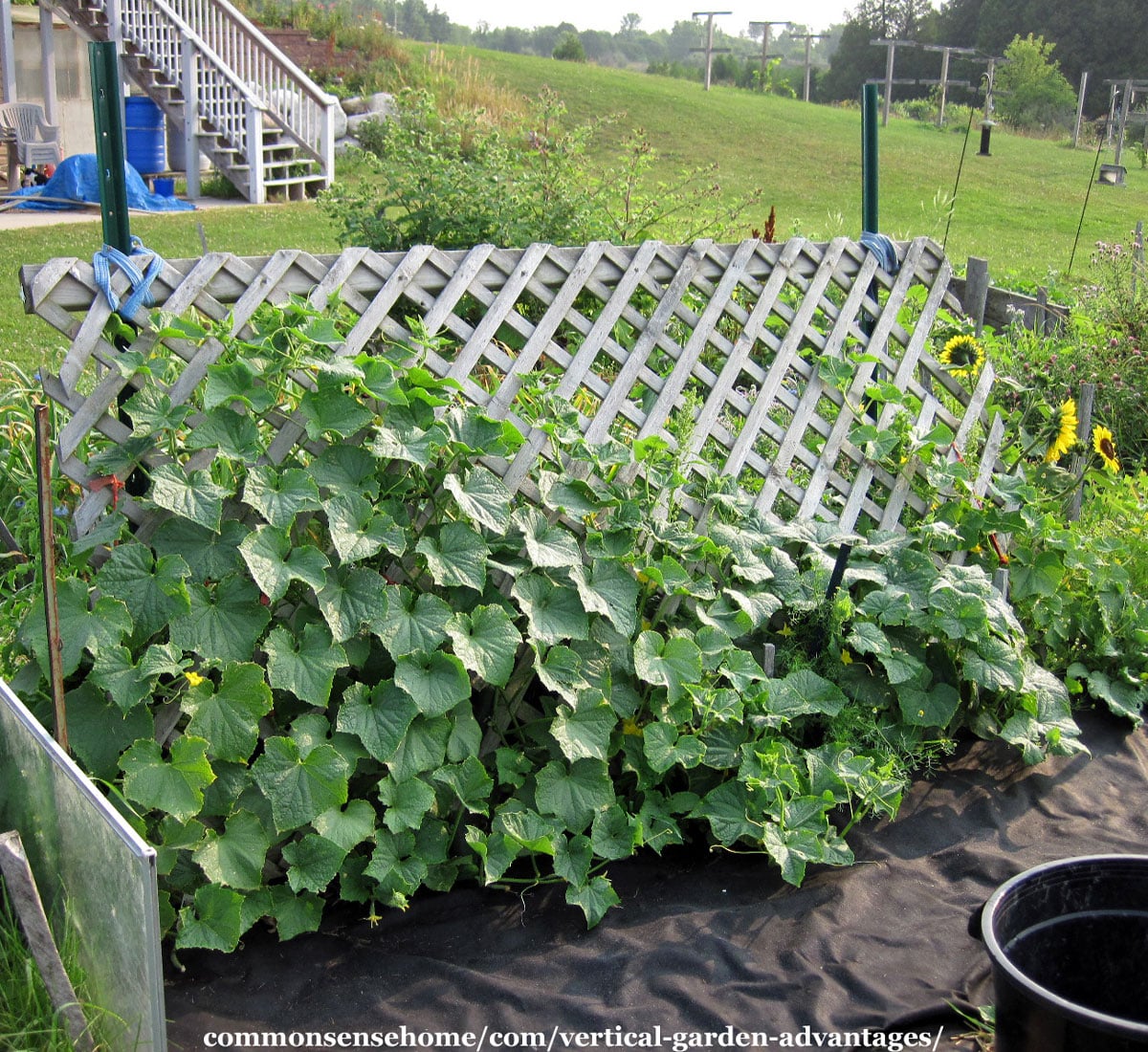
Green Eggs and Goats used recycled pallets for their vertical vegetable garden, shaping them into A-frame trellises.

My friend, Amber of My Homestead Life, built a wooden privacy screen around their pool and put raised beds around the base.
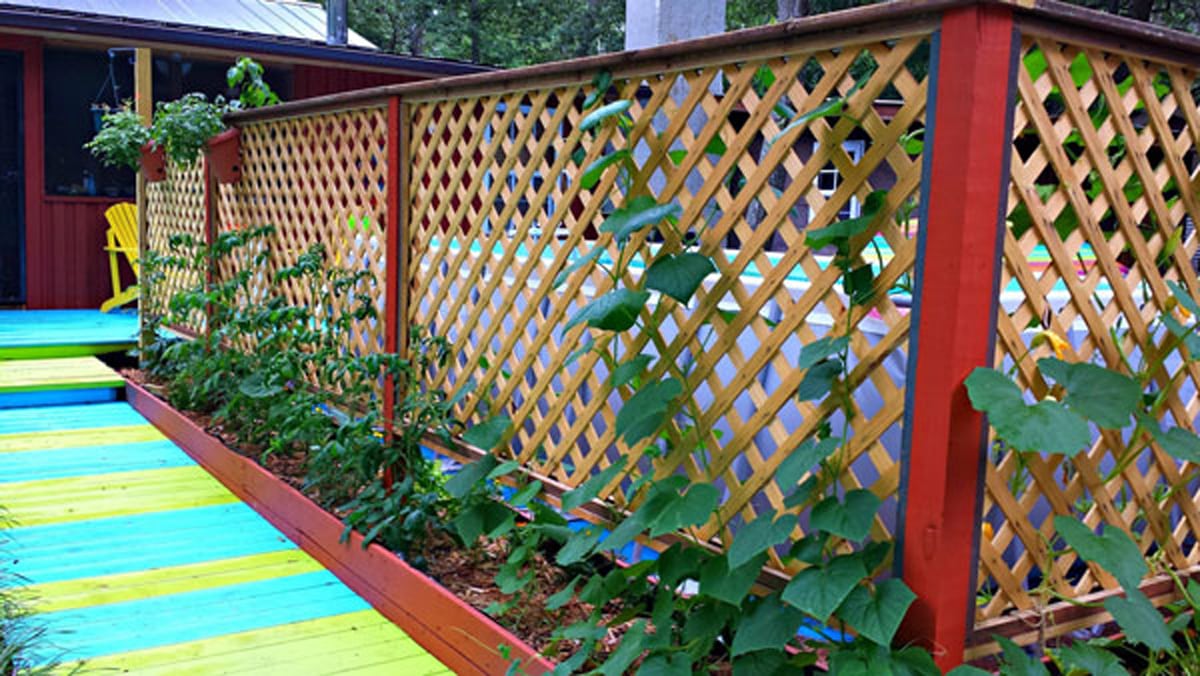
Jamie B. made a wooden trellis out of tree branches from a tree that needed to be taken down and trained her Trombetta squash onto them.
She notes, “The Trombetta Squash Blossom is about 5 feet above the ground. We like growing Trombetta as a summer squash (stir fries) and a winter squash (pumpkin pies).”
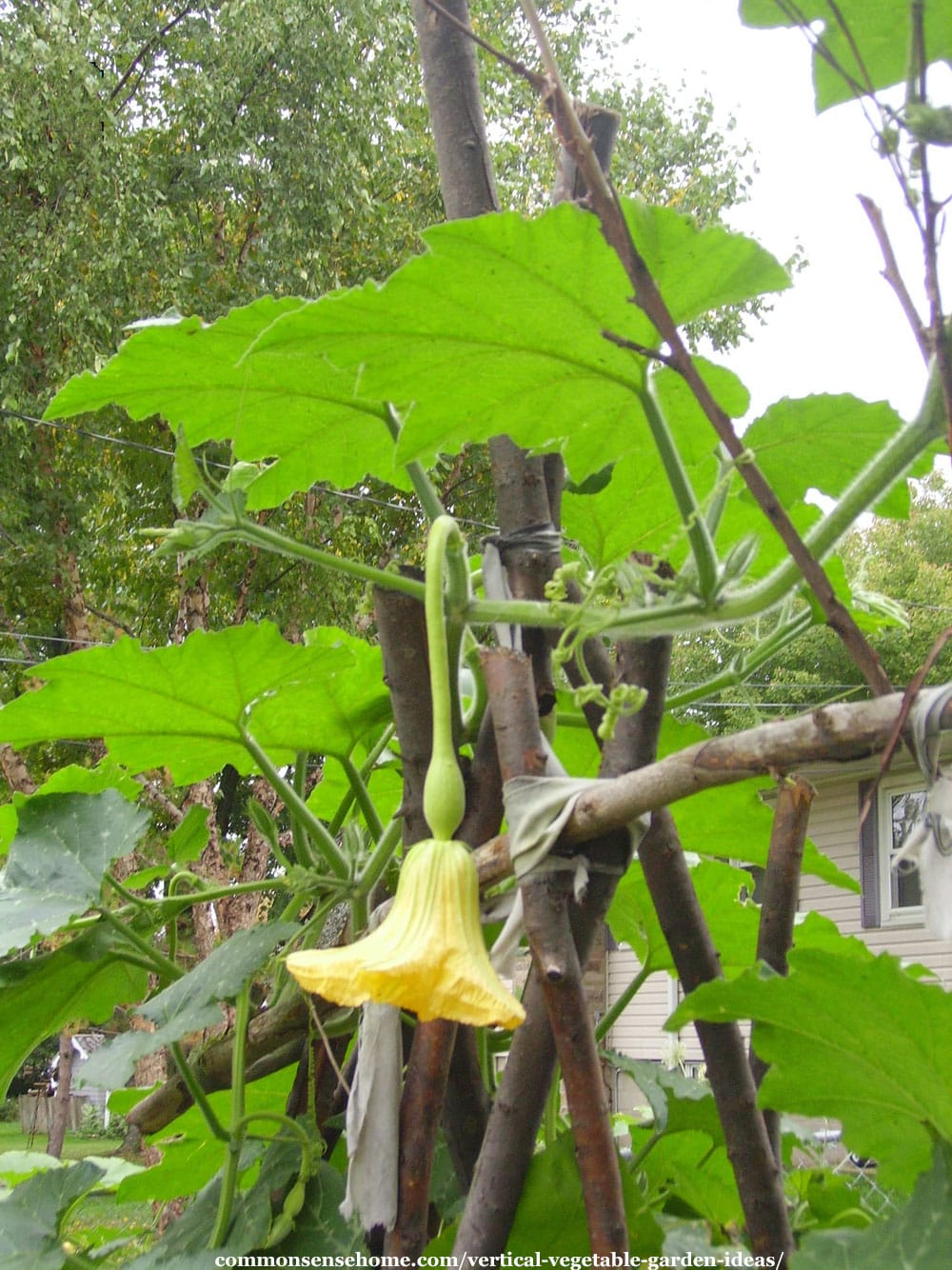
11. Wire Trellises
You can use several different types of wire trellises for growing crops. The VineSpine trellis and cattle panels are strong enough to be self-supporting.
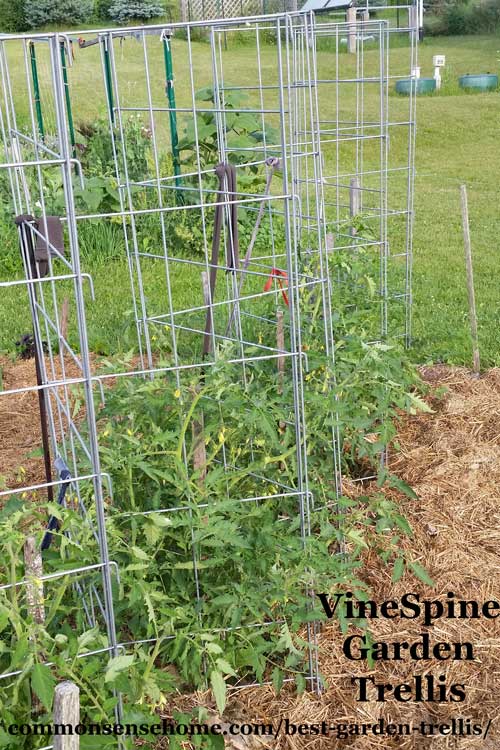
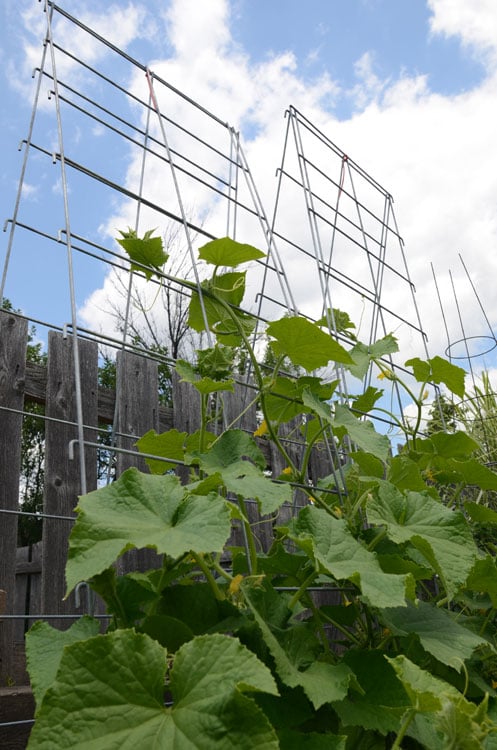
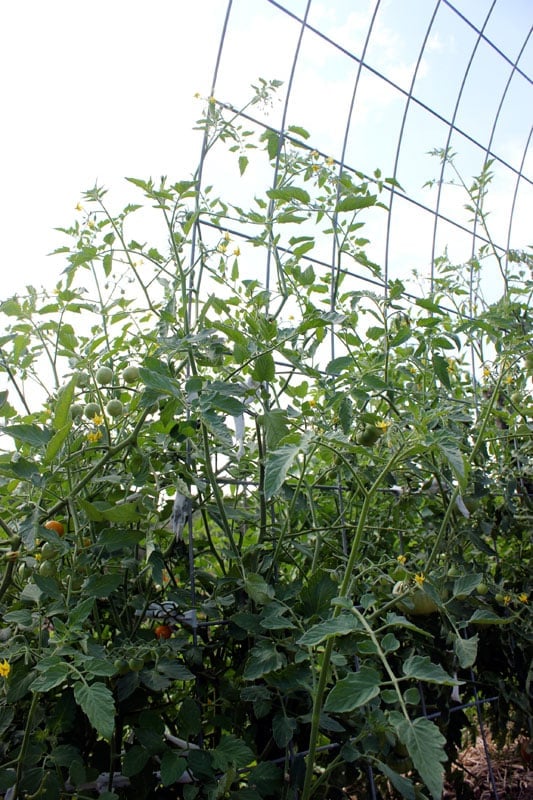
Lighter gauge wire requires the support of PVC pipe, metal fence posts, or wooden frames to handle the weight of garden crops.
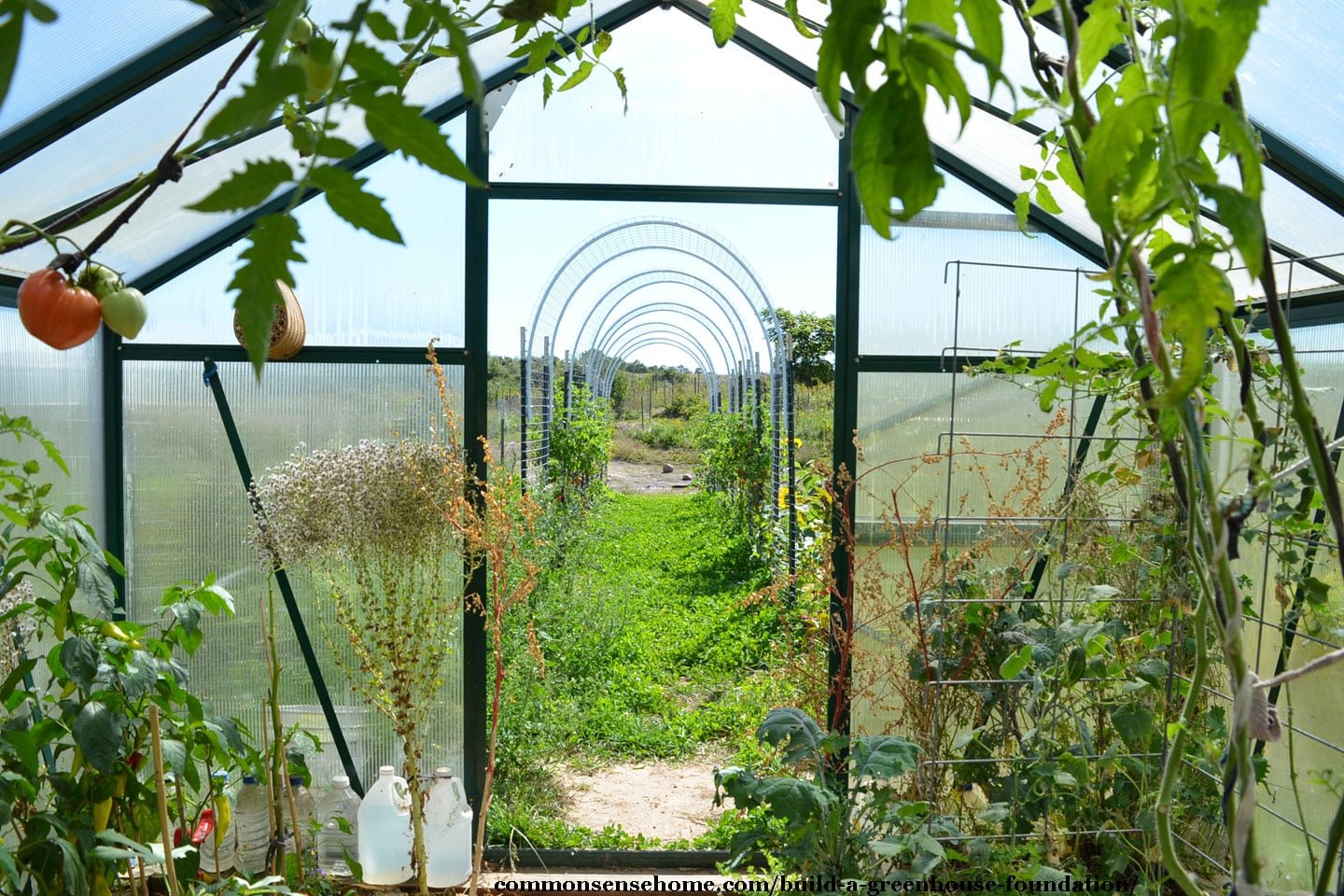
12. Combination Trellises/Slings
You can use a combination of materials to support your vertical vegetable garden, like this wood and metal trellis arch.
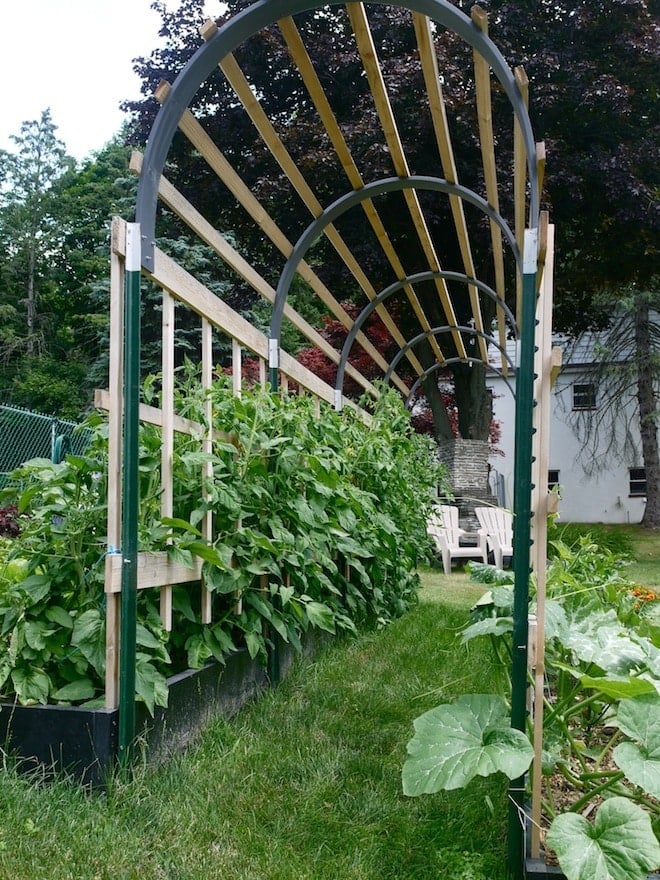
Bulkier fruit like winter squash, pumpkins, and melons may require a hammock to bear their weight.
Jamie B. shares, “Wyatt’s 90 lb Wonder Pumpkin that we grew at the School Garden. We made a hammock out of a T-shirt and fabric strips. I have grown 35 lb pumpkins without hammocks.”
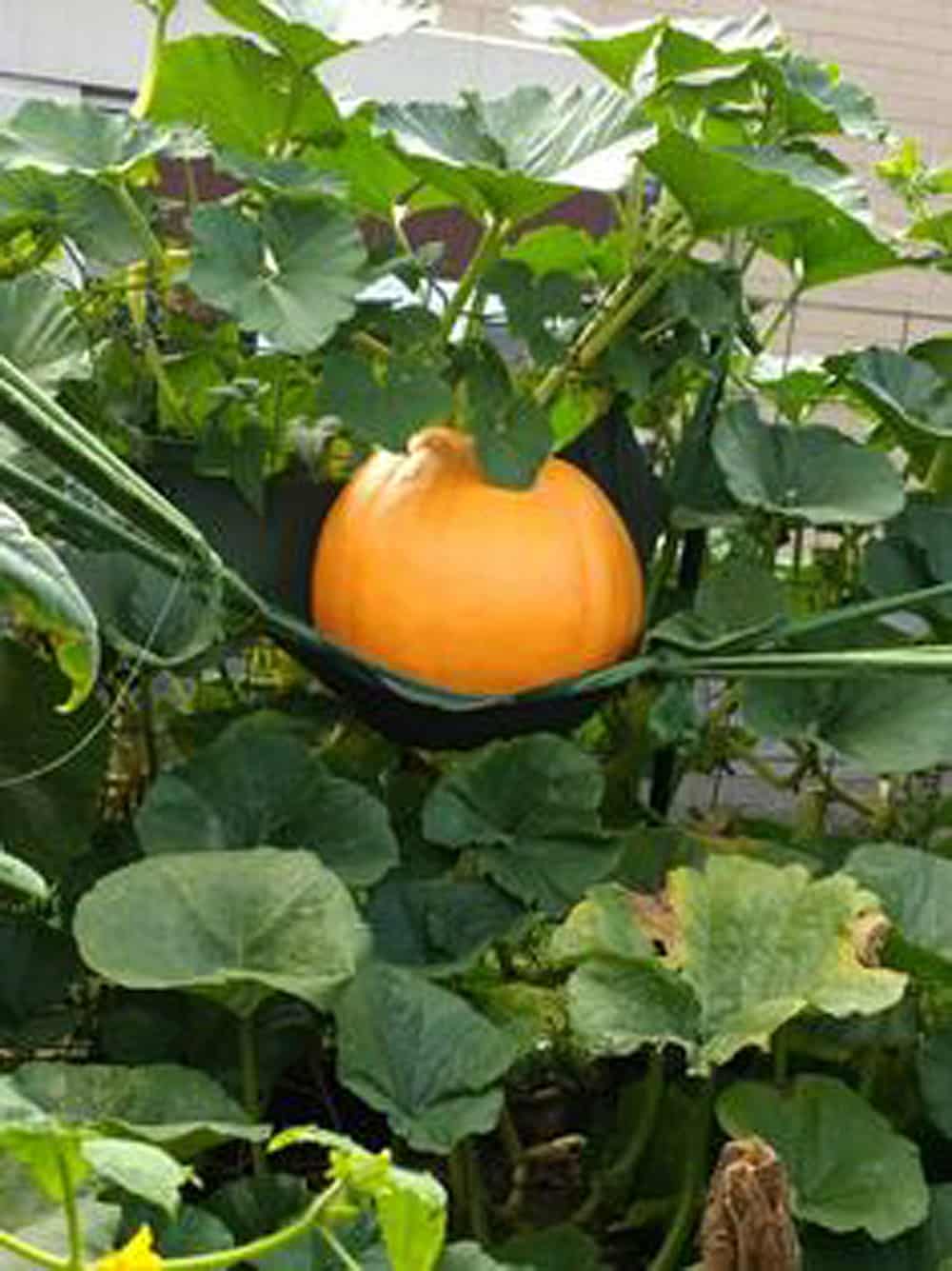
Here’s another squash arch from Get Busy Gardening. Notice the companion plants at the base of the trellis.
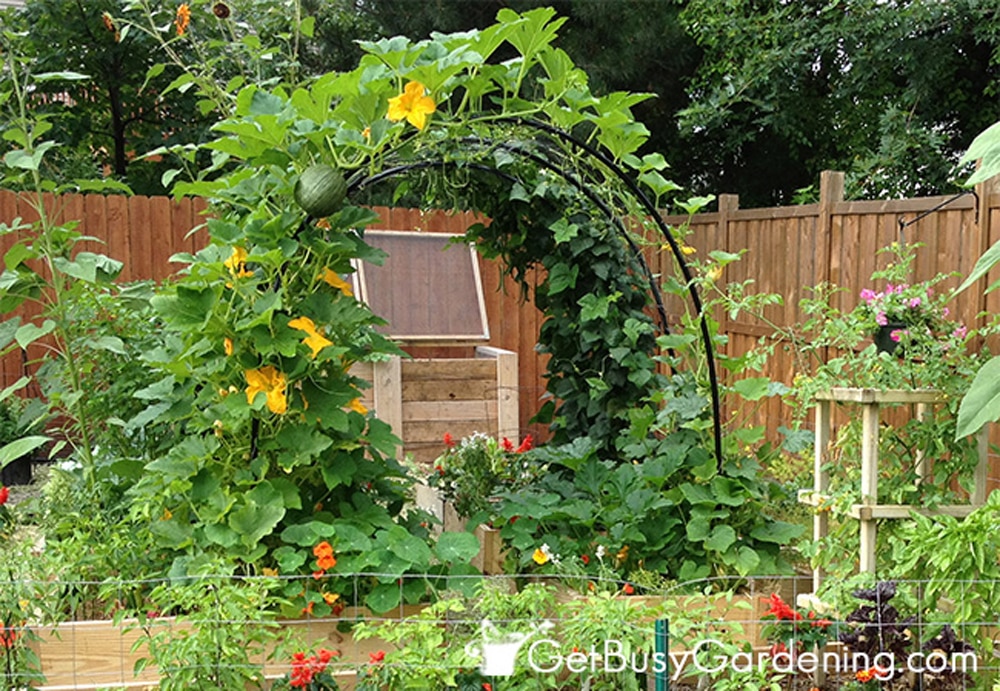
More than Vertical Vegetable Gardens
Did you know we have over 100 gardening articles on the site to help you all the way from planting to harvest?
They include:
10 Heirloom Seed Companies You Don’t Want to Miss
When Should I Start My Seeds? Printable seed starting calendar
5+ Terrific Tomato Trellis Ideas


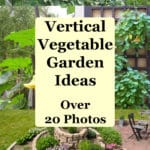

Laurie, thanks for this article. It gave me some good ideas for my small garden!
You’re welcome! I love using creative solutions in the garden. One of my favorite things about our place is unexpected bits tucked in here and there for interest.